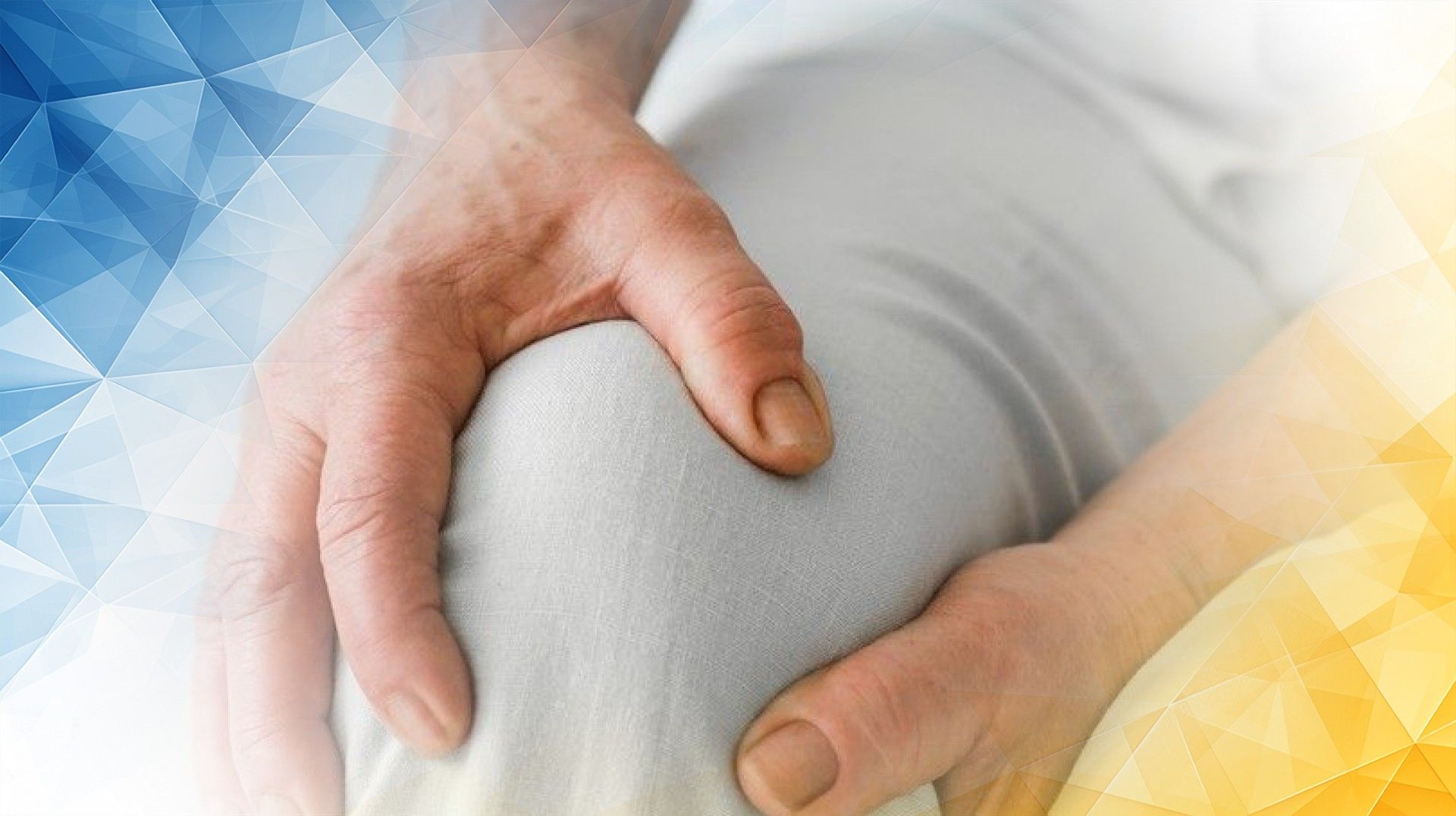



A torn meniscus is a common knee injury that can seriously affect your movement and quality of life. The meniscus is a C-shaped piece of cartilage in your knee that acts as both a shock absorber and a stabilizer for the joint. When it’s injured, you may experience pain, swelling, and stiffness—making it hard to bend, walk, or participate in everyday activities. Treatment for a torn meniscus typically involves non-surgical methods like physical therapy or, in some cases, surgery. Exciting new research shows that combining rehabilitation programs with surgical advancements can lead to even better results for many patients. In this article, we’ll explore how these evolving approaches work together, answer common questions such as “Can you walk on a torn meniscus ?” and “How can I help my meniscus heal naturally?”, and highlight recent medical insights that can help you make informed decisions for your knee health.
Think of your meniscus as a natural cushion inside your knee joint . This sturdy, rubbery cartilage absorbs impact when you walk, run, or jump, and it helps keep your knee stable by evenly distributing your body weight. Because the meniscus plays such a crucial role, even minor injuries can cause pain and make it difficult to move your knee normally. Meniscus tears can happen suddenly, like when you twist your knee during sports, or they may develop over time from repetitive stress and aging. In the past, the standard treatment was often to remove the damaged part of the meniscus, but doctors now try to be more conservative and preserve as much healthy tissue as possible, especially in younger and active patients.
For many people, the first line of treatment for a torn meniscus is non-surgical care. This usually includes rest to minimize strain on your knee , avoiding movements that cause pain, and following a targeted physical therapy program. Strengthening the muscles around your knee is key to supporting the joint and encouraging natural healing. A common question is whether it’s safe to walk on a torn meniscus . Gentle, controlled walking is often encouraged—and can even help—because it maintains healthy movement and blood flow without overstressing the injury. With this approach, many people notice improvements in pain and mobility within weeks to months. Today’s best practices focus on conservative methods whenever possible—especially for certain tear patterns and in younger patients—because preserving the meniscus offers better long-term outcomes.
Surgery may be recommended if the tear is large, complex, causing persistent pain, or if it makes your knee unstable . The most common surgical treatment is arthroscopic surgery , where a tiny camera and special instruments are used to repair or remove the damaged tissue through small incisions. Doctors rely on MRI scans and clinical experience to determine whether surgery is needed and plan the best option for you. Whenever possible, surgeons aim to repair the meniscus rather than remove it, maintaining the knee’s natural structure and function. The decision to have surgery depends on factors like the size and location of the tear, your age, activity level, and your personal goals. Surgery often leads to strong outcomes, with most patients experiencing significant improvement in pain and mobility, especially when followed by a structured rehabilitation plan.
The best recoveries usually happen when surgical techniques are paired with a thoughtful rehabilitation program. After surgery, rehab is crucial for restoring the meniscus ’s natural “hoop strength”—the circular force that keeps your knee stable—and for rebuilding strength and flexibility. Your rehab journey starts with gentle movements and progresses step-by-step to more challenging exercises, always guided by your healthcare team. Studies show that combining surgery with proper rehab leads to better pain relief , faster recovery, and a return to normal activity. It also helps protect your knee from long-term issues like arthritis by restoring function as completely as possible. Recovery times vary, but staying committed to your rehab plan will give you the best chance for a full, safe return to your favorite activities. Research shows that meniscus injuries are most common in active adults, particularly men, and especially due to sports—a reminder that the right support and rehab can benefit people of all ages and activity levels.
There’s no one-size- fits -all solution for treating a torn meniscus . Many people recover well with a combination of rest, targeted rehabilitation, and a gradual return to activity. For those who need surgery, combining a repair procedure with a dedicated rehab program delivers the best long-term results. Early diagnosis is important so you and your doctor can decide on the most effective treatment for your needs. Research consistently confirms that a personalized, thoughtful approach—whether conservative, surgical, or both—leads to better knee health and function. Take time to discuss your options with your healthcare provider so you can make confident, informed decisions and get back to moving comfortably and confidently.
Sevillano-Pérez, E., Espejo‐Reina, A., & Espejo-Reina, M. J. (2016). Symptomatic bilateral torn discoid medial meniscus treated with saucerization and suture. Case Reports in Orthopedics, 2016, 1-6. https://doi.org/10.1155/2016/8487194
Hegedus, E. J., Cook, C., Hasselblad, V., Goode, A., & McCrory, D. C. (2007). Physical examination tests for assessing a torn meniscus in the knee: A systematic review with meta-analysis. Journal of Orthopaedic and Sports Physical Therapy, 37(9), 541-550. https://doi.org/10.2519/jospt.2007.2560
Vo, T. T., & Nguyễn Thị, P. (2021). Arthroscopic suture repair of torn meniscus characteristics and results in a Vietnamese hospital. Genetics and Molecular Research, 20(1). https://doi.org/10.4238/gmr18743
All our treatments are selected to help patients achieve the best possible outcomes and return to the quality of life they deserve. Get in touch if you have any questions.
At London Cartilage Clinic, we are constantly staying up-to-date on the latest treatment options for knee injuries and ongoing knee health issues. As a result, our patients have access to the best equipment, techniques, and expertise in the field, whether it’s for cartilage repair, regeneration, or replacement.
For the best in patient care and cartilage knowledge, contact London Cartilage Clinic today.
At London Cartilage Clinic, our team has spent years gaining an in-depth understanding of human biology and the skills necessary to provide a wide range of cartilage treatments. It’s our mission to administer comprehensive care through innovative solutions targeted at key areas, including cartilage injuries. During an initial consultation, one of our medical professionals will establish which path forward is best for you.
Contact us if you have any questions about the various treatment methods on offer.
Legal & Medical Disclaimer
This article is written by an independent contributor and reflects their own views and experience, not necessarily those of londoncartilage.com. It is provided for general information and education only and does not constitute medical advice, diagnosis, or treatment.
Always seek personalised advice from a qualified healthcare professional before making decisions about your health. londoncartilage.com accepts no responsibility for errors, omissions, third-party content, or any loss, damage, or injury arising from reliance on this material. If you believe this article contains inaccurate or infringing content, please contact us at [email protected].